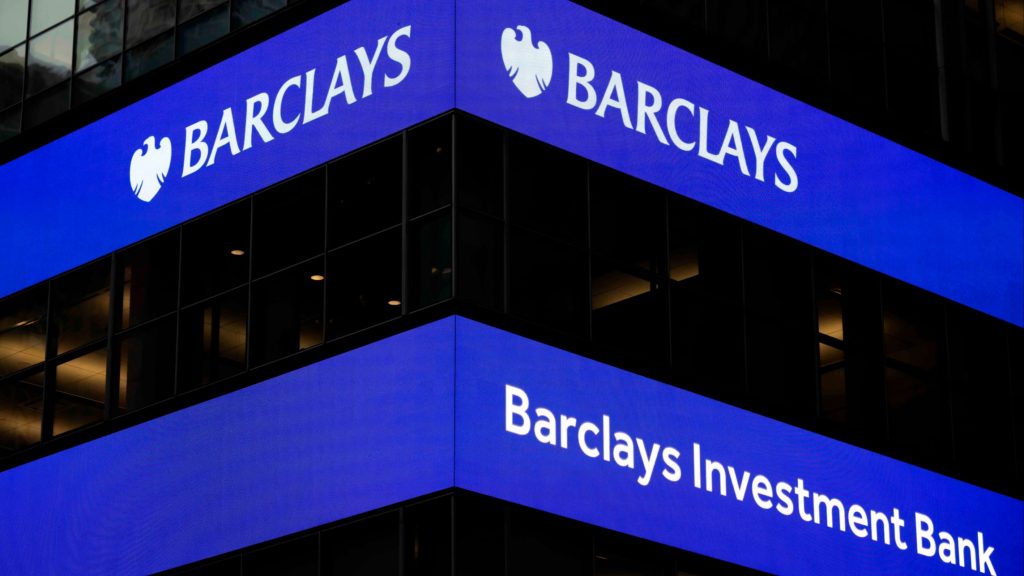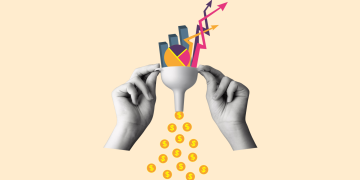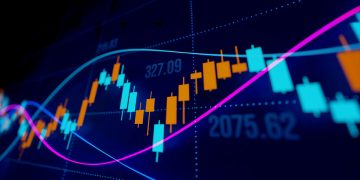Insights from recent earnings calls and CEO commentary
The European banking sector—often viewed as a slow-moving cousin to its American counterpart—has entered a new phase of investor scrutiny, driven largely by shifting monetary policy, renewed regulatory focus, and uneven macroeconomic conditions across the bloc. French banks, with their international footprint, domestic stability, and outsized influence in the eurozone financial system, sit squarely in the middle of this transition. And increasingly, their CEOs are speaking more candidly about both the headwinds and hidden strengths of operating in this evolving landscape.
Recent earnings calls from France’s major banks—BNP Paribas, Société Générale, Crédit Agricole, and BPCE—reveal a surprising sense of cautious optimism. Despite weak loan growth and persistent pressure from rising deposit competition, most bank executives are leaning into the idea that the worst of the eurozone’s macro drag may be behind them. Several CEOs, notably BNP’s Jean-Laurent Bonnafé, emphasized the strength of fee-based income and resilient corporate lending, while downplaying concerns over net interest margin compression.
Société Générale’s new CEO Slawomir Krupa struck a tone of strategic urgency, pointing to upcoming digital transformation plans and rebalancing of their international portfolio, especially after exiting markets like Russia. His focus was on reducing risk-weighted assets and improving return on equity—key messages that resonated well with institutional analysts looking for stronger capital discipline.
Crédit Agricole Group, meanwhile, showcased a robust retail banking franchise, underpinned by regional stability and consistent savings flows. Their leadership took time to highlight the rise in private banking and insurance demand across France and Southern Europe, hinting at deeper structural shifts in wealth management preferences within the eurozone.
While sentiment is far from euphoric, the common theme across these earnings calls was that French banks are better capitalized, better diversified, and more strategically agile than at any point in the last 15 years. As these CEOs continue to project relative confidence—especially in comparison to the more volatile Italian and German bank peers—it’s prompting some investors to re-evaluate French banking equities as more than just a defensive eurozone play.
Eurozone interest rate exposure and profitability
At the heart of French banks’ evolving narrative is the impact of eurozone interest rates. After nearly a decade of ultra-low or even negative policy rates, the European Central Bank (ECB) raised rates aggressively in 2022 and 2023 to combat inflation. Now in 2025, rates have stabilized at modestly restrictive levels, with markets expecting a slow normalization path over the next 12–18 months.
This shift has had a direct impact on bank profitability. Rising rates initially expanded net interest margins (NIMs), especially for banks with large deposit bases and floating-rate loan books. French banks benefited handsomely from this regime change—BNP and Crédit Agricole in particular—thanks to their high-quality corporate and retail lending portfolios across France and parts of Belgium and Italy.

However, as rates plateau and deposit repricing accelerates, margin growth is starting to decelerate. Competition for deposits has intensified, with savers shifting toward higher-yield term products. CEO comments during earnings calls have acknowledged this shift, describing a “more balanced” interest margin outlook going forward. Some banks are now pivoting toward boosting fee-based revenue through wealth management and insurance to protect earnings stability.
Another layer of complexity is ECB policy risk. While inflation has moderated, growth remains patchy across the bloc. If the ECB cuts rates sooner than expected—due to slowing demand or geopolitical risks—it could further pressure NIMs. Conversely, if rates remain elevated for too long, it could squeeze small businesses and increase non-performing loan ratios. French CEOs appear acutely aware of this trade-off, often emphasizing conservative underwriting and loan provisioning strategies in recent quarters.
Overall, French banks are walking a tightrope: benefitting from a higher-rate environment for now, but preparing for a future where policy may turn more accommodative. Their diversified income sources and cautious balance sheet management offer a relative advantage over less disciplined peers in the EU periphery.
Equity performance vs. U.S. peers
When it comes to equity returns, European banks—including those in France—have long underperformed their U.S. counterparts. Over the last decade, U.S. giants like JPMorgan, Goldman Sachs, and Bank of America have leveraged tech investment, domestic growth, and capital markets strength to deliver strong total shareholder returns. In contrast, European banks have struggled with regulatory burdens, low growth, and political fragmentation.
Yet in 2024 and 2025, this gap has narrowed slightly, especially for select French names. BNP Paribas, for example, has outpaced many eurozone peers and even delivered returns comparable to some regional U.S. banks. Its broad footprint in global capital markets, corporate banking, and wealth management gives it diversification that many American midcaps lack. Similarly, Crédit Agricole has delivered a more stable dividend profile, which is increasingly attractive in a world of economic volatility.
French banking equities remain undervalued on a price-to-book basis—trading at significant discounts to U.S. peers. This has attracted value-focused global investors, who are drawn to the capital strength and de-risking strategies these banks are pursuing. While European banks still lack the aggressive buyback programs common in the U.S., they offer more stable dividend yields, typically in the 5–7% range.
Another key differentiator is regulatory environment. While U.S. banks face rising scrutiny from the Federal Reserve and potential Basel III implementation risk, European regulators—though strict—have maintained more consistent capital requirement paths. French banks, in particular, have grown comfortable operating under these rules, and this stability is beginning to be priced into equity valuations.
Still, risks remain. French banks lack the same level of exposure to high-growth segments like tech banking or private equity lending. Their return on equity, though improving, remains subpar relative to top-tier U.S. firms. And capital markets businesses—though diversified—remain vulnerable to global volatility.
Key metrics to watch in coming quarters
For investors assessing the outlook for French banking stocks, several key metrics stand out:
- Net Interest Margin (NIM): As ECB rates stabilize, NIM growth will become a bellwether of profitability resilience. Monitoring the pace of deposit repricing and loan spread retention will be essential.
- Cost-to-Income Ratios: Efficiency gains from digitization, especially in retail and SME segments, will determine which banks can scale profitably. BNP’s and Société Générale’s digital transformation progress will be key to watch.
- Non-Performing Loan (NPL) Ratios: As growth slows, NPLs could rise—especially in southern Europe. French banks’ provisioning policies and exposure to high-risk sectors will be under scrutiny.
- Fee Income Growth: Insurance, wealth management, and transaction banking are becoming critical to offset NIM pressure. Growth in these areas can serve as a hedge against rate volatility.
- Capital Adequacy (CET1 Ratios): Maintaining strong buffers while returning capital to shareholders will be a tightrope. Any erosion here could reignite investor concerns about eurozone fragility.
- Dividend Guidance and Payouts: In a yield-hungry market, consistent and transparent dividend policies will set French banks apart. Watch for any shifts in payout strategies as earnings stabilize.
- Cross-Border Business Exposure: With EU fragmentation still a risk, understanding how French banks are managing risk across Italy, Spain, and Eastern Europe will be critical.
- ESG Integration and Green Lending: Sustainability-linked loans and green bond issuance are growing areas of investor focus. French banks are early leaders here, but execution and disclosure remain key.
Conclusion
French bank CEOs are signaling a shift—not just in tone, but in strategy. As they adapt to an environment of high but potentially peaking interest rates, capital-conscious regulation, and rising competition for deposits, their ability to chart a balanced, forward-looking course is drawing investor attention. Earnings calls now feature less defensiveness and more clarity around where these institutions are heading.
For equity investors, French banks may no longer be the passive, yield-only bets they once were. Their improving capital returns, increased digital competitiveness, and strategic clarity offer a potential re-rating story—especially in a world of uneven growth and shifting monetary policy.
Yet the story is not without risk. Eurozone fragmentation, global geopolitical events, and potential ECB missteps could all derail recent momentum. Success will depend not just on macro conditions but on execution—and on whether French banks can continue turning CEO confidence into bottom-line results.


































